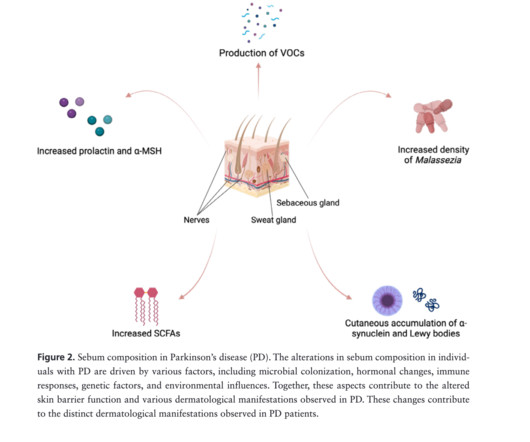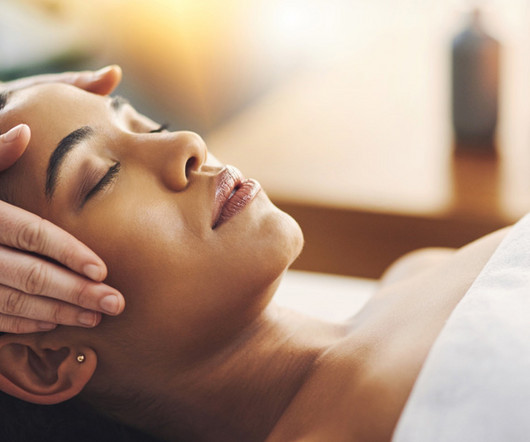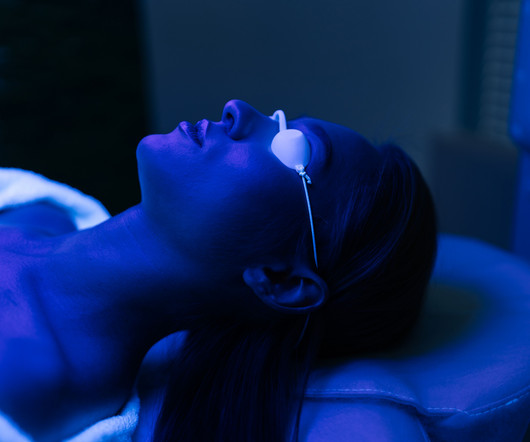Can Skin Symptoms and Sebum Composition Help Diagnosis Parkinson’s Disease Early?
The Dermatology Digest
FEBRUARY 12, 2025
Can skin symptoms, odor, and sebum composition help diagnose Parkinson’s disease (PD) earlier than is currently possible? In addition, certain pathological changes are seen in both the skin and nervous system, and there are distinct metabolic changes in sebum composition among individuals with PD, the study notes.



















































Let's personalize your content